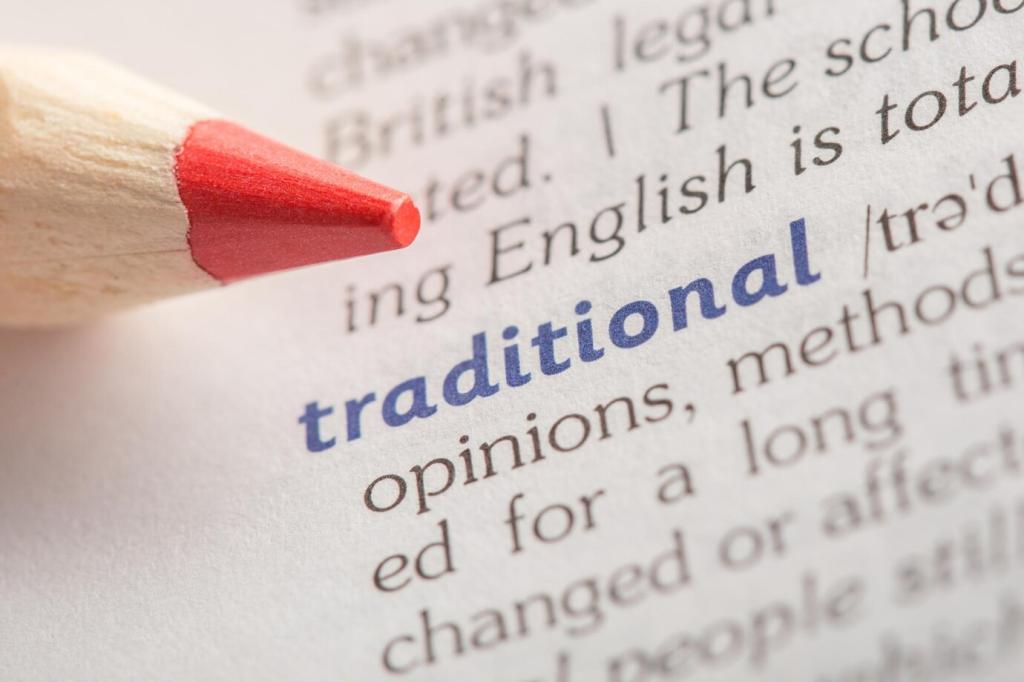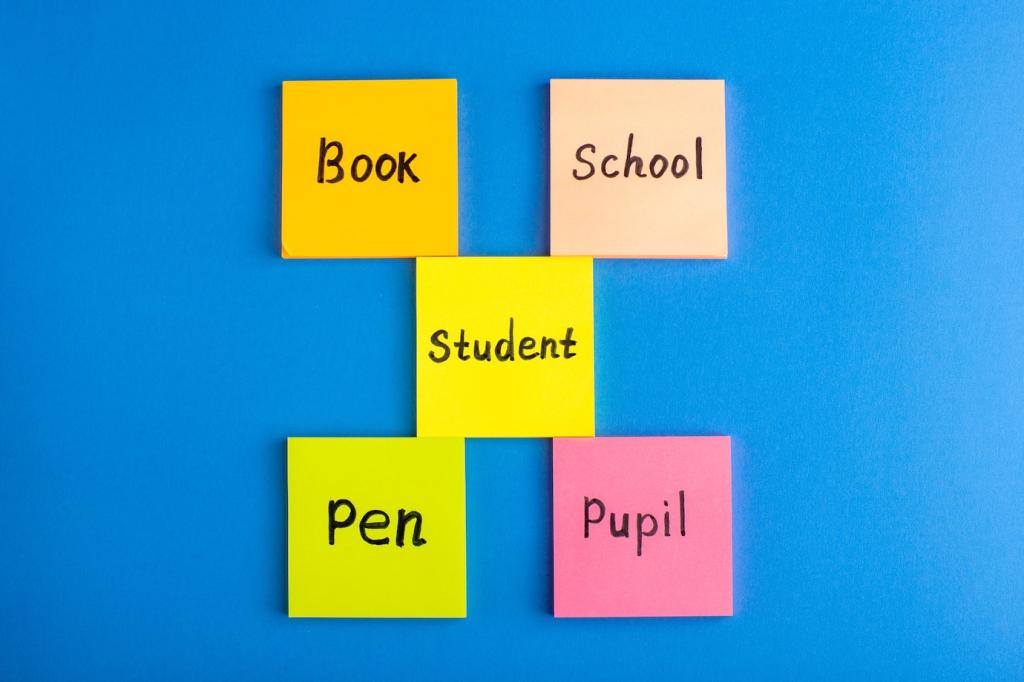Get Involved: Your Peer Learning Plan
Find two to four peers with complementary strengths. Diversity of accents, schedules, and interests fuels conversation. Share goals upfront and agree on two focus skills for the first month of sessions together.
Get Involved: Your Peer Learning Plan
Schedule short, frequent sessions and keep a living agenda. Start with a warm-up, practice a micro-skill, and end with reflections. Predictable routines build confidence and reinforce steady improvement across weeks.
Get Involved: Your Peer Learning Plan
Post your progress snapshots, voice notes, and favorite prompts. Ask questions, propose challenges, and subscribe for new peer-based activity ideas. Your story could inspire another learner to begin today.






